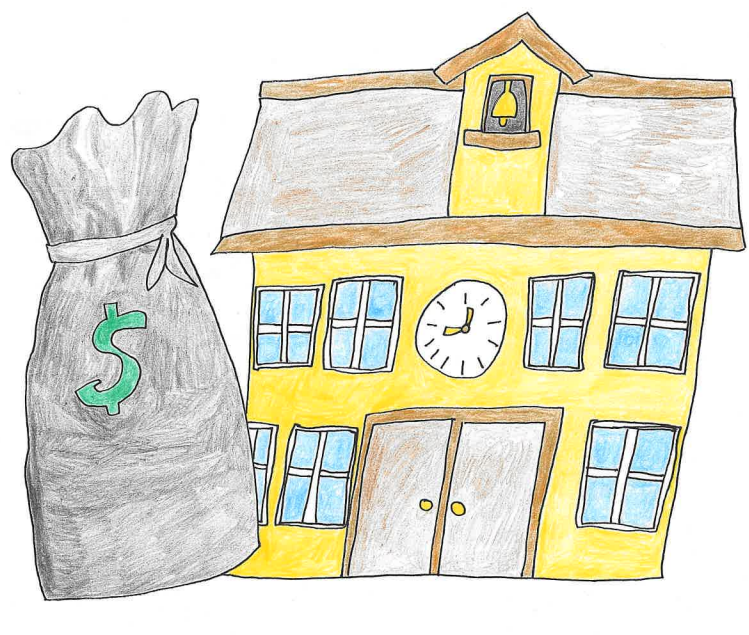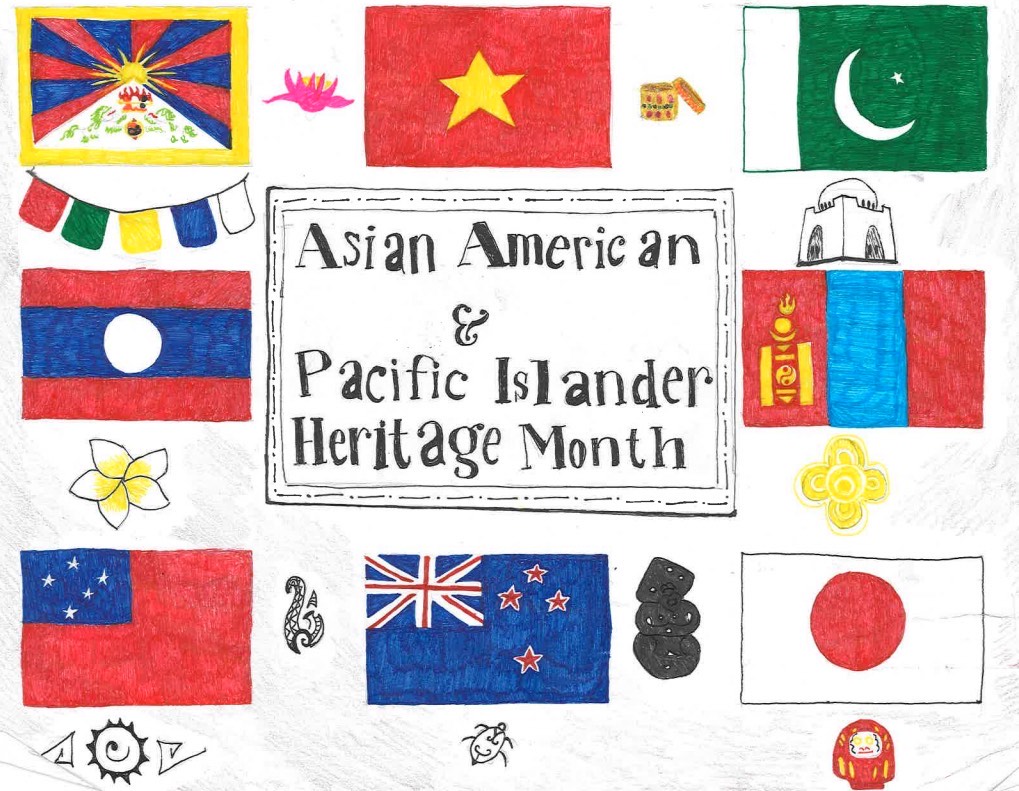While TikTok has helped popularize and educate people around the world about Vietnamese New Year, it’s more than just the lucky money and the traditional clothing that has gone viral on social media recently. There’s important history and cultural meaning behind the holiday and its traditions too that deserve their own time in the spotlight.
Vietnamese New Year can be traced back to the 18th century B.C. Many of its elements were influenced by the Chinese New Year via the country’s neighbors to the north. Vietnamese New Year is called Tết, which is short for “Tết Nguyên Đán” in Vietnamese (or, in English, “Lunar New Year” or “The Feast of the First Morning of the First Day”, depending on the translation). Tết is celebrated to commemorate the beginning of spring, and — unlike most Western cultures — the official birthday for everyone in Vietnam as many Vietnamese people consider Tết as the start of Vietnamese culture. Tết is by far the biggest celebration in Vietnam. This year, 2024 celebrates the Year of the Dragon, which is shared by China’s zodiac calendar, also known as the luckiest of the twelve cycled years.
Speaking of luck, every kid’s favorite part about Tết is the “lucky money.” Also known as lì xì, the gift is primarily a red money envelope. To get lì xì, you must wish your elders or family a happy new year. Lì xì can be other colors too, though it is mostly red because the color represents luck, just like its name! Vietnamese New Year celebrates the holding of longevity to celebrate the elderly and show their children’s respect. The wishes vary depending on whom you wish Happy New Year to. For example, you could wish your parents, aunts, uncles, and relatives success in their job. When wishing for the elderly, however, instead of common pleasantries, you would wish them a long life. When you want to wish a Happy New Year to a kid, you would wish for them to do well in school, make friends, stay out of trouble, etc. Then after you wish them a Happy New Year, they will give you the lì xì.
“Tết is so fun,” Shoreview fourth grader Tri Le said. “You get to spend time with your family and even play games with them. I also love getting li xis.”
A special game is also played on Vietnamese New Year called Bầu cua cá cọp. This is a fun gambling game where you bet your lucky money and all ages can participate. The game is simple. The first step is determining how much money you want to bet from your lì xì. It can be all of your gifted money or it can even be one penny — it doesn’t matter. The next step is to place your bet on a picture of either a calabash (bottle gourd), cock (rooster), shrimp, crab, deer, or fish. You can only choose three per round or bet your money on only one. Someone will roll three dice containing one of each on the board. If one of the dice lands on one of your bets you will get your money back with extra money. If two of the dice land on yours, the money doubles. If three dice land on yours, you get triple the amount you gambled. If none of the dice lands on your bet, you get nothing and lose your money. There is no real strategy for Bầu cua cá cọp as it is completely based on luck and random chance. Overall, Bầu cua cá cọp is a really fun game to play during Tết as you can make extra money.
“It was a fun game but it’s not fun when you lose money,” Tết first timer Anahis Chacon (11) said. “It was also funny seeing people’s reaction when they lost their money.”
If some light gambling isn’t your thing, there are countless opportunities for some tasty traditional food. One of the most popular traditional foods is Banh Chung. Banh Chung is a square-shaped sticky rice that represents the Earth. Another popular dish is Mut. Mut. otherwise known as candied fruit, is a bunch of fruits that have sugar put all over it. The reason why Mut is eaten during Tết is because it’s believed to bring success due to its sweetness. Watermelon isn’t a traditional food in Vietnamese cuisine but is very popular during Tết due to it being red, which represents well-being or luck, like the red li xi envelopes. These are only a few of the many traditional foods that are consumed during Tết.
“Tết is a good time to spend time with family, to wear traditional clothes, and eat traditional food,” Columbia Heights resident Vy Nguyen said. “Tết also plays a huge role in embracing Vietnamese culture.”Tết plays a big role in my life as a Vietnamese-American as it has brought me many happy memories. I remember as a kid receiving my lì xì and being amazed at how much money I got, once even upwards of 600 dollars. The bad part of getting lì xì as a kid is that my parents took all the money and put it in the bank so I couldn’t use it. As I got older, my parents did let me have more freedom, but they still wanted me to put most of the lì xì money in the bank, which is unfortunate now but will surely be beneficial in the future. Celebrating Tết also helped me embrace my culture more, as it’s meant to be a fun time with family and even friends. Whether you’re Vietnamese or not, Tết is an impactful and fun holiday for anyone invited to take part in the celebrations!









